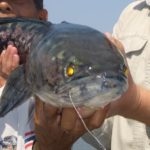Cormorant fishing is an ancient art that dates back at least 1300 years. Today, it is only practiced in the southwestern provinces of China. However, some fishermen are attempting to revive this fishing technique for tourists in water villages around the Shanghai and Suzhou areas. This technique is so iconic in China that it is even depicted on the 20 Yuan note.
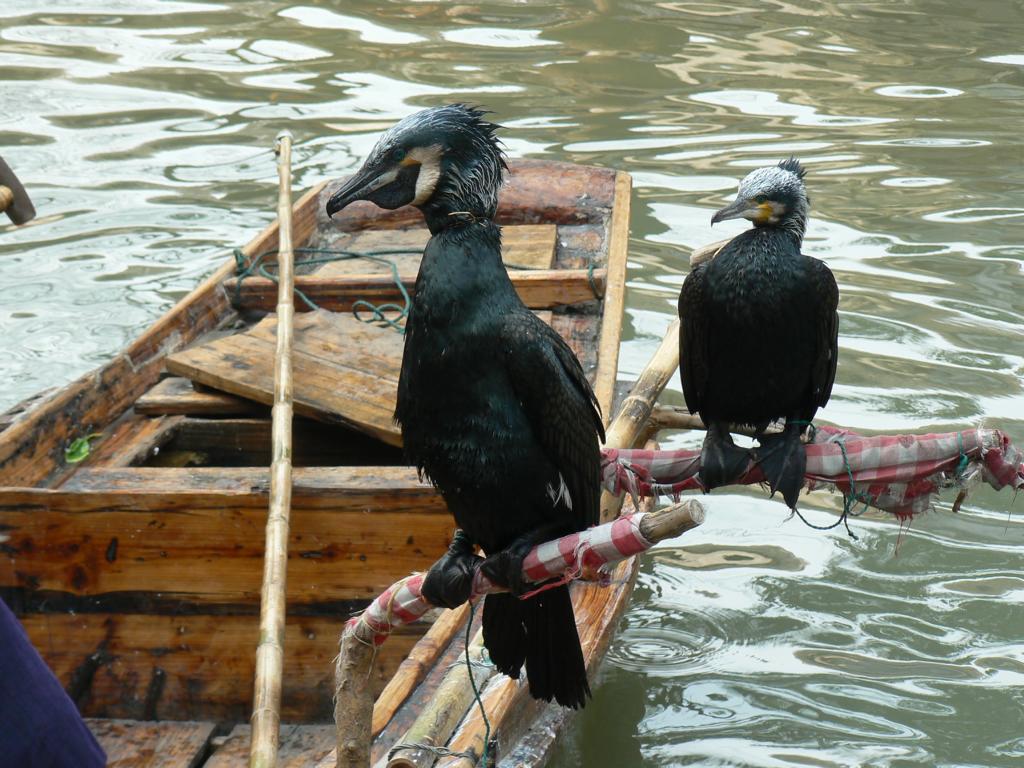
The cormorant species predominantly used in China for fishing is the Black cormorant (Phalacrocorax carbo). One of the most popular locations for cormorant fishing is the Li Jiang River, stretching from Guilin to Yangshuo.
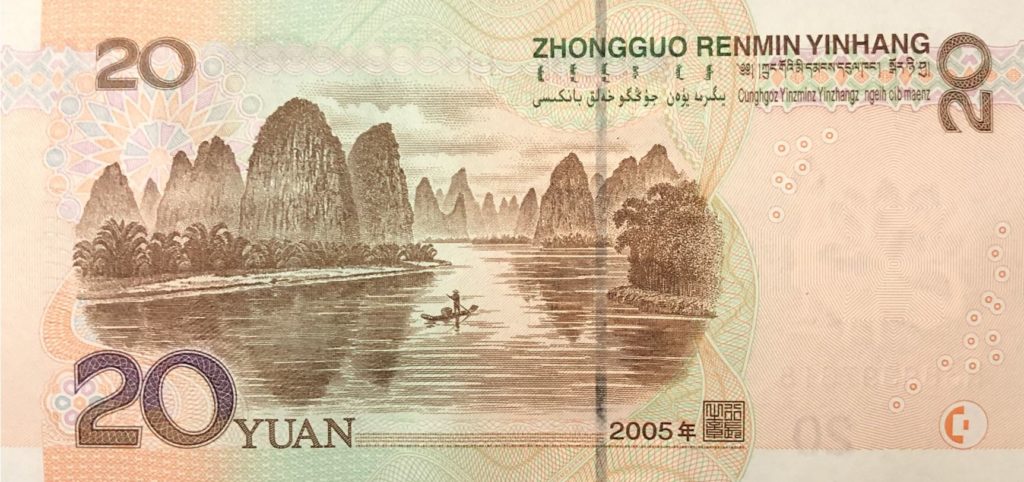
This river is a renowned tourist attraction due to its picturesque landscape, depicted on the 20 Yuan note. The river’s shallow and tranquil waters also make it an ideal location for cormorant fishing. Unfortunately, the overfishing of the river has resulted in a decline in fish populations, leading to a significant reduction in the number of cormorant fishermen who continue to operate.
Rafts and boats used for cormorant fishing

Fishermen in the southwestern provinces of China, such as Guilin and Guangxi, use traditional bamboo rafts for cormorant fishing. These rafts are approximately 90 cm wide and 5-6 m long and are equipped with minimal accessories, including an anti-slip carpet, a bamboo pole, a lantern, and a large basket for holding the caught fish.

Flat rowing boats commonly used for tourist photos in water villages have seating poles for up to 12 cormorants. These boats are not traditional and are highly impractical for fishing purposes. The sideboards of these boats are far too high for the cormorants to jump into the boat, and in practice, only up to four cormorants can be used for actual fishing.
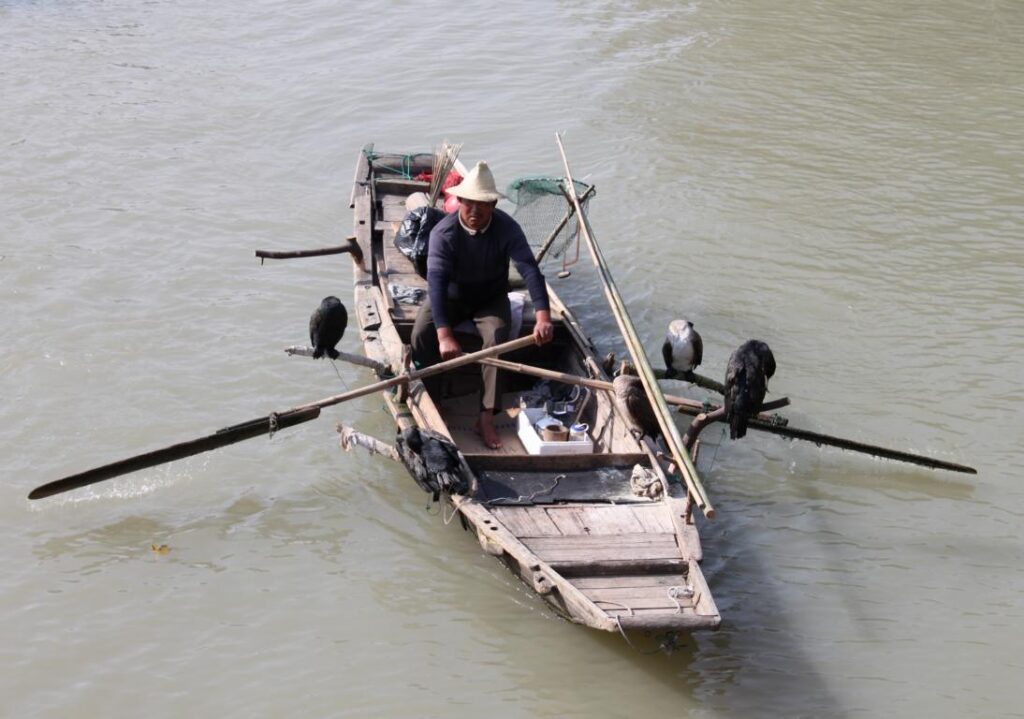
During cormorant fishing, when the cormorants jump into the boat with a large fish in their gullet, they demand that the handler remove the fish. As cormorants are highly efficient at catching fish, the handler uses not more than four cormorants to work with maximum efficiency.
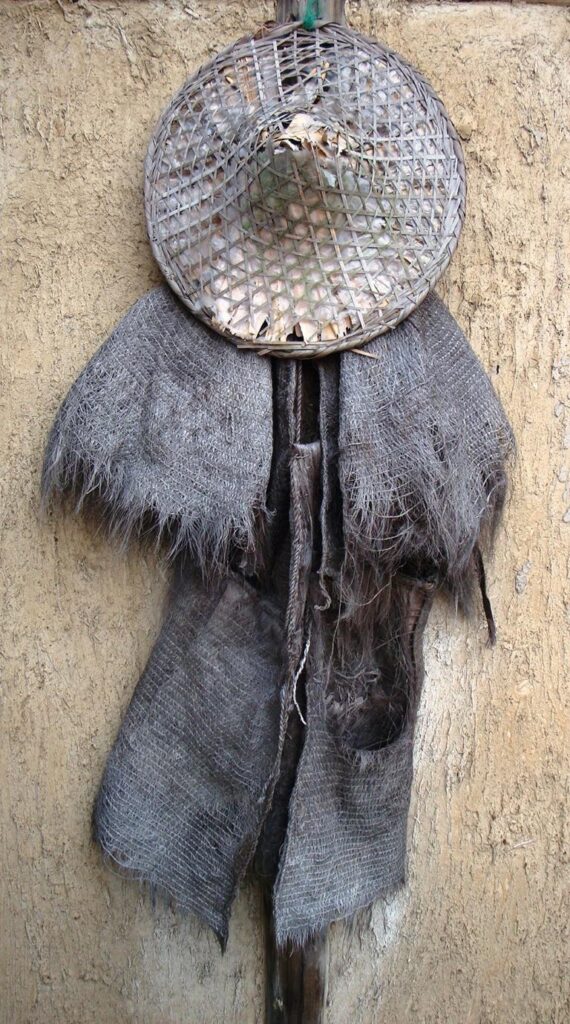
Despite the cultural revolution’s attempts to eradicate ancient artisanal skills, people are now trying to revive them. In modern-day China, there is a conscious effort to overcome the dark times of the past and rediscover the country’s roots in arts, culture, skills, and traditional recipes, among other areas.
Preparing the cormorants for fishing
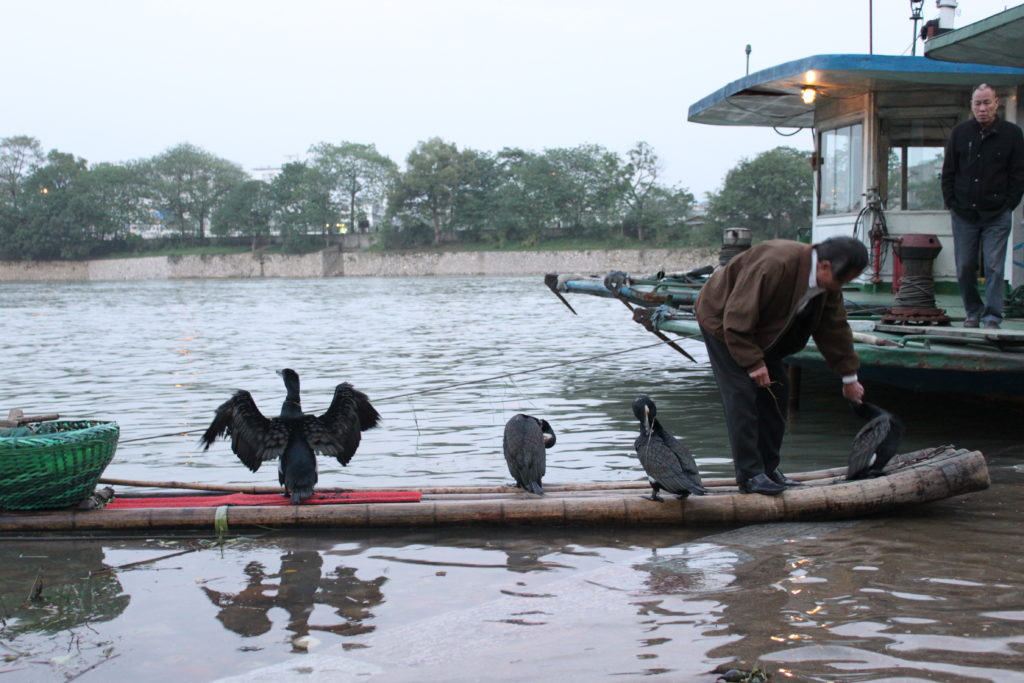
Fishermen raise cormorants and are entirely domesticated, making them quite comfortable around humans. They get hungry mainly after dark falls, which is when they are usually fed.
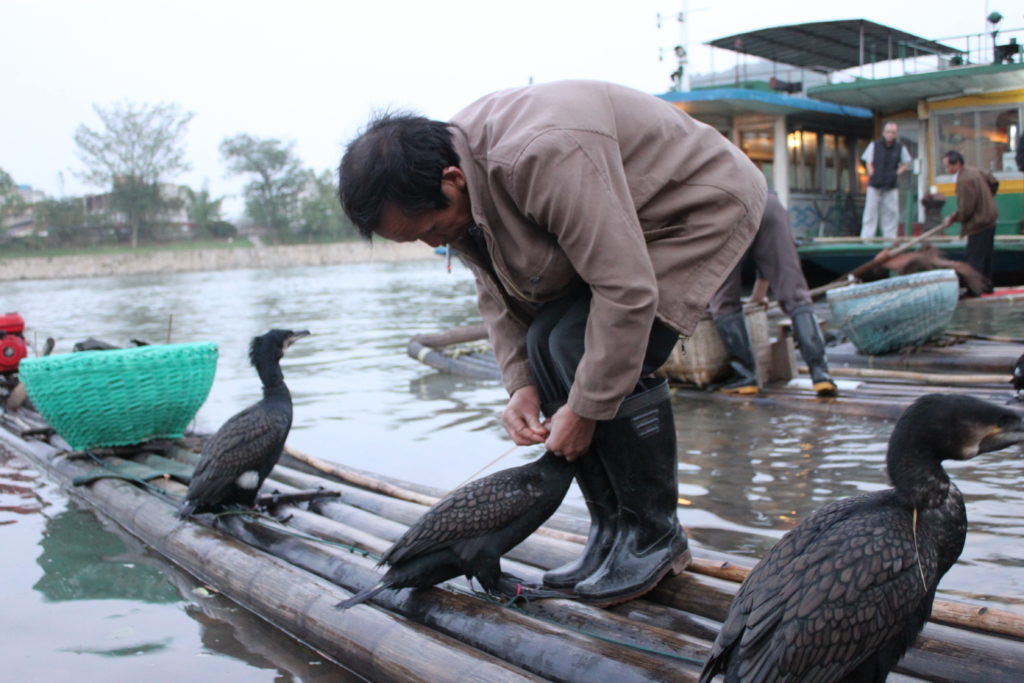
During dusk, the handler ties a string around the cormorants’ necks that is loose enough to allow them to swallow small fish but tight enough to prevent them from swallowing fish larger than about 15 cm in length. After these preparations, the handler ties the birds onto the raft using a loose string.
Cormorant fishing itself
Once completely dark, the handler lights a lantern and releases the cormorants into the water. They swim and dive rapidly, returning to the raft when they catch a larger fish stuck in their gullet.
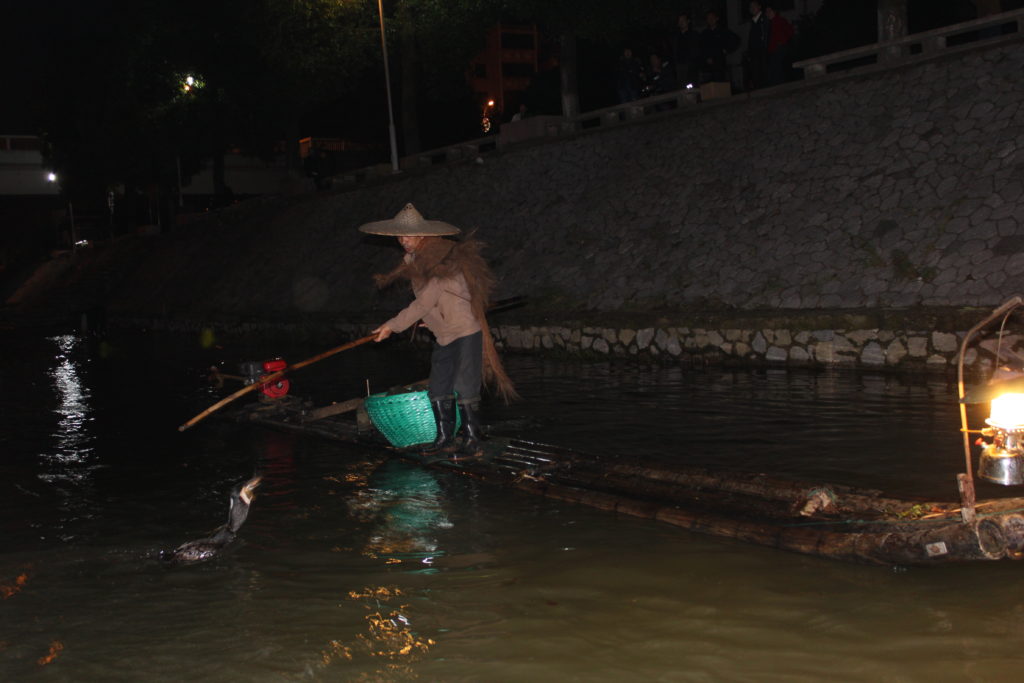
The handler holds a bamboo pole into the water for the cormorants to climb onto and then lifts them onto the raft.
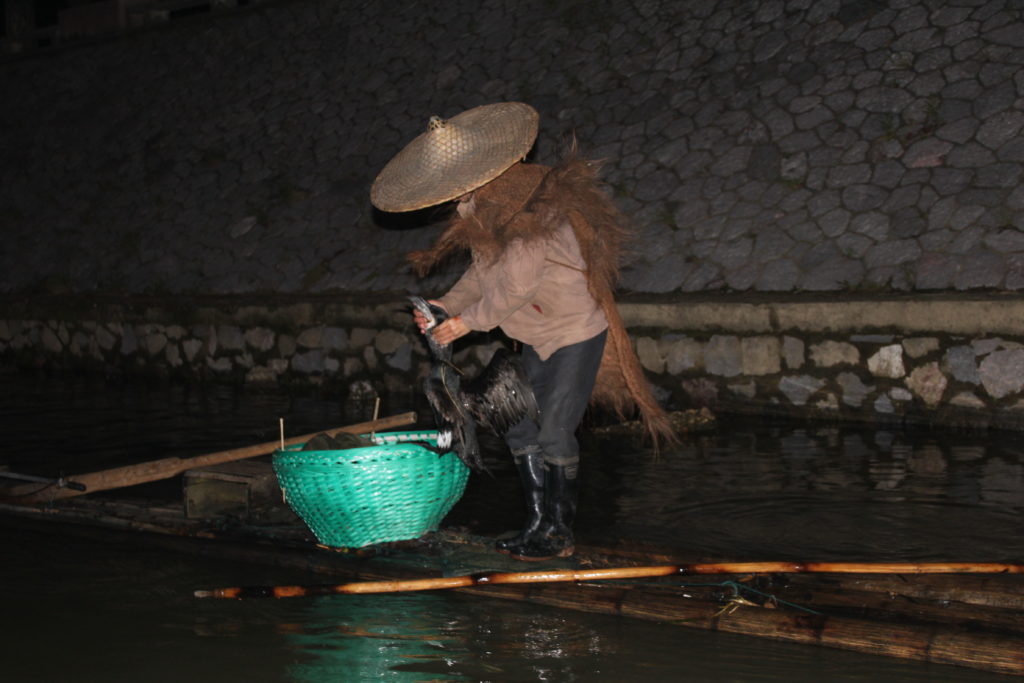
The handler takes the bird by the neck and extracts the fish or waits for the cormorant to spit out the fish into the basket voluntarily. The bird then jumps back into the water and continues fishing.
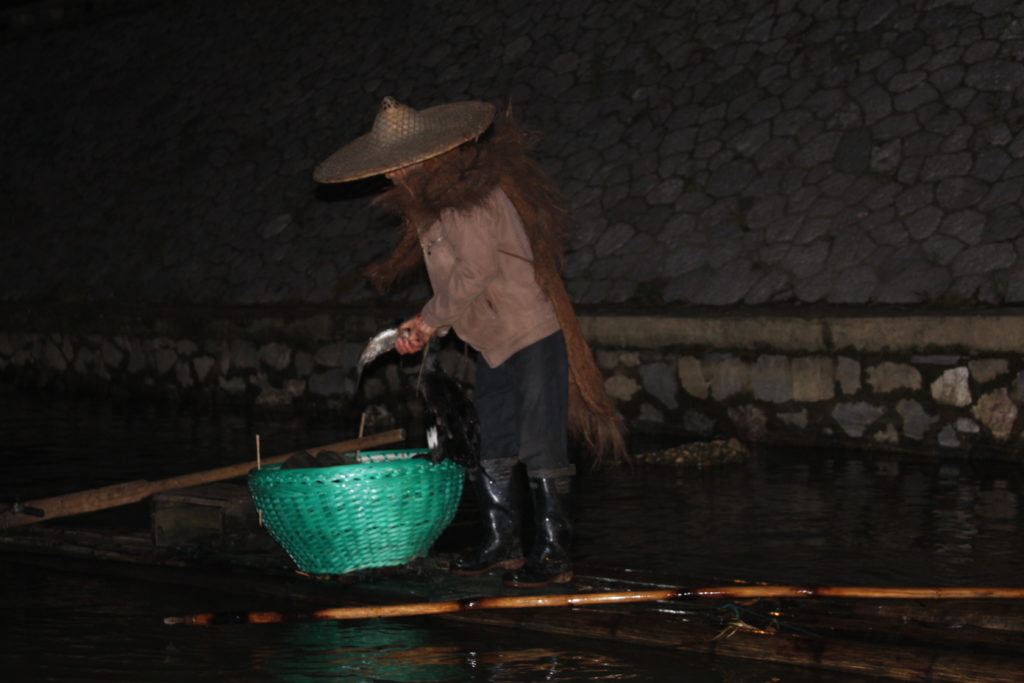
The size of the fish caught during cormorant fishing is impressive, with many measuring around 30-40 cm long and being quite thick. The birds can catch all the available fish around the raft in about 10 minutes, after which they eagerly search for more fish. When the handler notices that the area has been fished out, he calls the cormorants back to the raft, and they return to it. The handler then poles the raft to another location to continue fishing.
Lessons learned from observing cormorant fishing:
- Cormorant fishing is a highly effective technique for catching larger fish in Chinese rivers.
- However, since the cormorants catch all the fish they can find, both small and big, it is not a sustainable method of fishing.
- Cormorant fishing is a way of life that cannot be pursued on an on-and-off basis but must be pursued for a long time.
.


